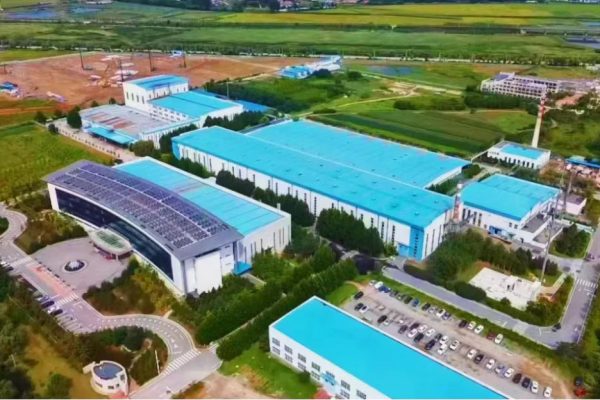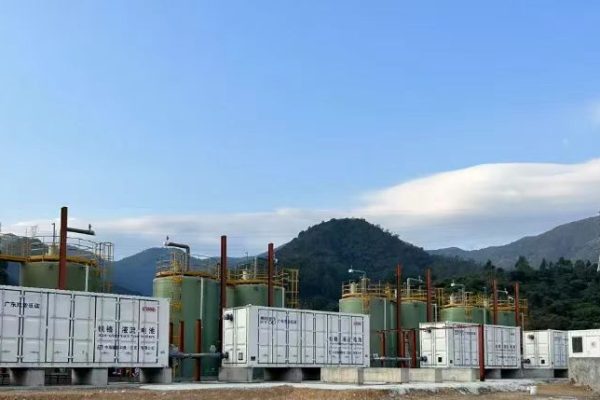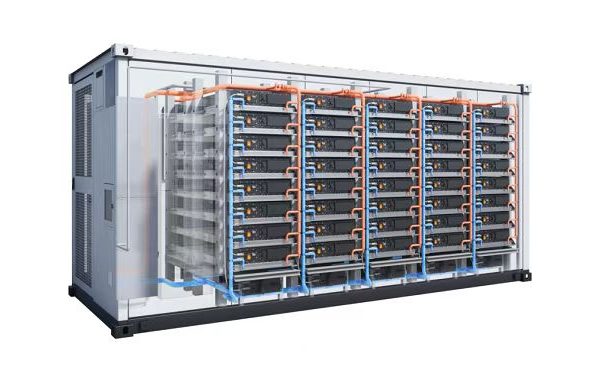With the rapid adoption of commercial energy storage systems (ESS), fire safety has become a critical concern. Lithium-ion batteries, while efficient, pose risks if improperly designed, installed, or managed. Compliance with fire safety standards, such as UL9540A, is essential for regulatory approval, insurance, and safe operation of commercial ESS.
This article explores key battery fire codes, testing requirements, and best practices for commercial projects.
1. Why Fire Codes Matter for Commercial ESS
Commercial energy storage systems are typically installed in:
- Warehouses and factories
- Data centers
- Large retail stores
- Multi-unit residential complexes
Risks of non-compliance include:
- Thermal runaway leading to fires or explosions
- Regulatory penalties and project delays
- Voided warranties and insurance claims
- Liability for injury or property damage
🔥 Proper fire code compliance ensures safety and investor confidence, while mitigating operational and legal risks.
2. Key Battery Fire Standards
2.1 UL9540: Energy Storage Systems and Equipment
- Covers electrical, mechanical, and environmental safety
- Specifies requirements for system design, overcurrent protection, and fire suppression
2.2 UL9540A: Thermal Runaway Test
- Tests propagation of thermal runaway in battery modules or racks
- Evaluates:
- Heat release
- Smoke generation
- Gas release
- Potential for neighboring modules to ignite
- Mandatory for commercial and industrial installations in many jurisdictions
2.3 NFPA 855: Standard for the Installation of ESS
- Developed by the National Fire Protection Association (USA)
- Provides installation guidelines for safety and fire prevention
- Covers:
- System spacing
- Sprinkler integration
- Fire suppression systems
- Emergency planning
2.4 IEC 62619 / IEC 62933
- International standards for industrial lithium-ion batteries
- Focuses on cell, module, and pack safety
- Used widely outside North America
3. UL9540A Thermal Runaway Test: What It Means
UL9540A is a destructive test designed to simulate a worst-case scenario:
- A battery module is artificially triggered to fail thermally
- Temperature, gas, and smoke propagation are measured
- Observations determine module spacing, venting, and containment requirements
Purpose:
- Determine how one failing module affects adjacent modules
- Verify fire containment, suppression, and system design
- Ensure commercial installations can safely manage thermal events
⚠️ Systems that pass UL9540A are considered “fire-tested” and suitable for commercial deployment, but installation design must follow NFPA 855 and local codes.
4. Commercial Project Design Considerations
4.1 Module & Rack Spacing
- Adequate spacing reduces heat propagation risk
- Typical rack spacing: ≥ 4 inches (100 mm), varies by system and UL9540A report
4.2 Fire Suppression
- Water mist, clean agent (FM-200), or CO₂ systems are recommended
- Must be compatible with battery chemistry (LiFePO₄ vs NMC)
- Integrated thermal sensors trigger alarms and suppression automatically
4.3 Ventilation
- Proper airflow dissipates heat and gas
- Vent ducts and gas exhaust channels prevent pressure buildup in enclosed cabinets
4.4 Isolation & Containment
- Fire-rated cabinets or containers for high-energy systems
- Thermal barriers between battery racks
- Seismic and impact protection in industrial environments
5. Documentation and Certification Requirements
Commercial projects often require:
- UL9540A test report for the battery module and system
- NFPA 855 compliance documentation
- Installation plan showing spacing, suppression, and ventilation
- Emergency response and maintenance manual
🔑 Tip: Suppliers should provide factory test reports, installation guides, and fire safety certifications for every system sold.
6. Real-World Examples
6.1 Warehouse ESS Installation
- 500 kWh NMC battery racks installed indoors
- UL9540A tested modules with fire-rated cabinets
- NFPA 855-compliant spacing and sprinkler system
- Result: Approved for commercial occupancy, reduced insurance premiums
6.2 Telecom Tower Backup
- 50 kWh LiFePO₄ wall-mounted units
- Pass UL9540A thermal propagation test
- Integrated gas venting and smoke detection
- Remote monitoring via EMS for early warning
✅ Lesson: Compliance with UL9540A and NFPA 855 ensures regulatory approval, insurance, and operational safety.
7. Key Factors Affecting Fire Risk
| Factor | Risk Impact | Mitigation |
|---|---|---|
| Cell Chemistry | Higher energy density (NMC) → more thermal energy | Use LiFePO₄ where possible; ensure UL9540A tested |
| Module Density | Closely packed modules | Increase spacing; use thermal barriers |
| Ventilation | Poor airflow | Add forced-air cooling and exhaust ducts |
| Installation Environment | High temperature or flammable materials | Fire-rated enclosure, sensors, and suppression |
| EMS / BMS | Poor monitoring | Install temperature, SOC, and voltage monitoring with alarms |
8. Best Practices for Commercial ESS Fire Safety
- Always buy UL9540A tested modules
- Follow NFPA 855 installation guidelines
- Use fire-rated cabinets or containers for indoor storage
- Maintain proper spacing and ventilation
- Integrate EMS and remote monitoring
- Train staff on emergency response and maintenance
- Consider LiFePO₄ chemistry for lower thermal runaway risk
🔒 A well-designed, code-compliant system minimizes fire risk and ensures long-term operational reliability.
9. Future Trends in Battery Fire Safety
- Next-gen thermal sensors: Early detection of hotspots in each module
- AI-based EMS: Predicts potential failures and alerts operators
- Modular fire suppression: Automatically isolates and protects affected racks
- Containerized pre-wired ESS: Designed with built-in fire barriers and airflow channels for safer deployment
Commercial buyers increasingly demand turnkey, pre-certified systems to meet both safety standards and insurance requirements.
Fire safety in commercial ESS projects is non-negotiable. Key takeaways:
✅ Use UL9540A tested battery modules
✅ Follow NFPA 855 and local codes for spacing, ventilation, and suppression
✅ Choose safe chemistries and thermal management systems
✅ Document and certify every system for compliance
Implementing these measures ensures regulatory approval, insurance coverage, and operational safety, protecting both property and personnel.









